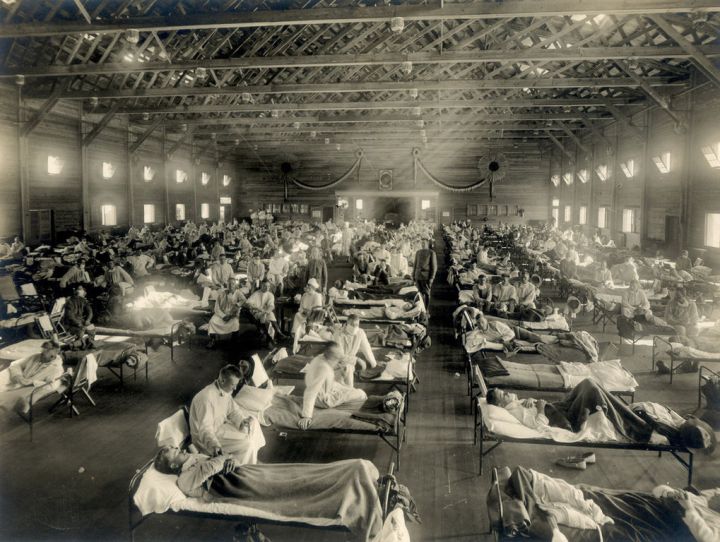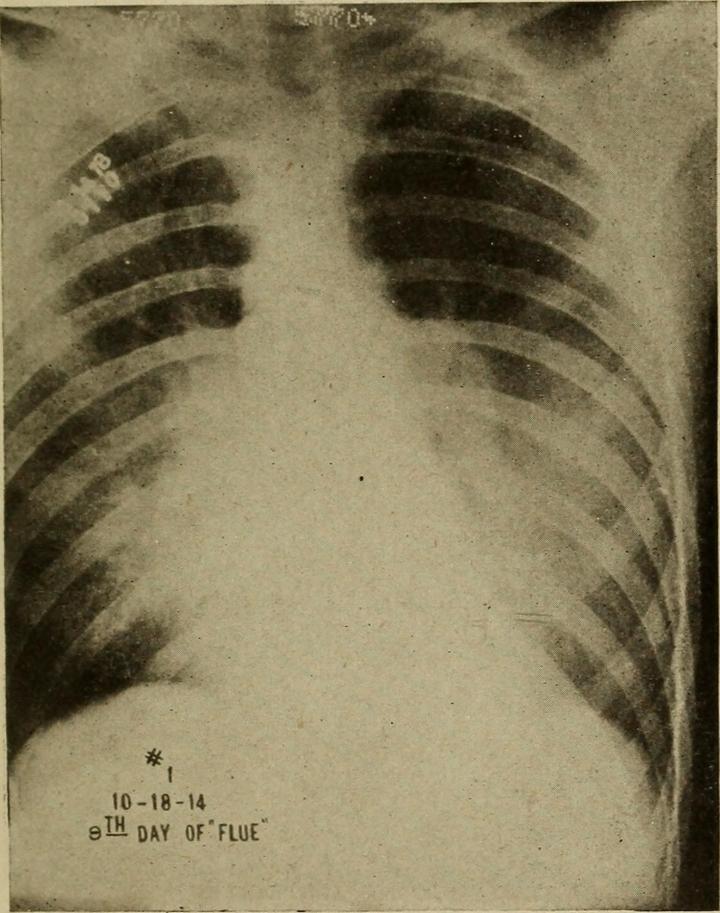100 Years Ago, Thousands Of People In South Carolina Died Due To A Strain Of The Flu
With a pandemic sweeping the world and a quickly spreading virus, our thoughts have turned to another pandemic that affected South Carolina just over 100 years ago. The 1918 influenza pandemic, also referred to as the Spanish Flu, began during WWI but not in Spain, as the name would suggest. The origin is thought to have been a wartime staging camp in France that included an overcrowded hospital. According to some statistics, more than 100,000 soldiers passed through the camp every day in the north of France. The camp raised pigs for food and a team of scientists determined the new flu strain jumped from birds to the pigs.






It’s not likely that any of us has first-hand recollections of the Spanish flu. In the last 300 years, the world has seen nine flu pandemics, the most recent of which was in 2009 when the Swine flu featured the same strain as the 1918 flu pandemic. The two pandemics resulted in very different death tolls, however. In 1918, with a world population of about 1.9 billion, the estimated death toll was somewhere between 17 million and 19 million people. In contrast, in 2009 with a much larger world population, the pandemic from the same flu strain was reported to have a death toll of 150,000 to 575,000 individuals.
Are you among the millions who get vaccinated against the flu each year? If not, you can learn more about it from the CDC website.
OnlyInYourState may earn compensation through affiliate links in this article. As an Amazon Associate, we earn from qualifying purchases.




